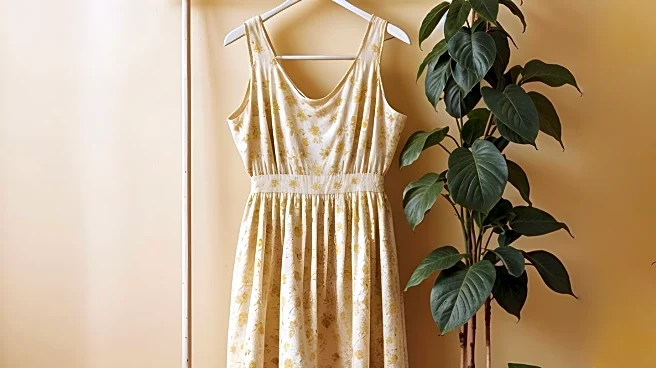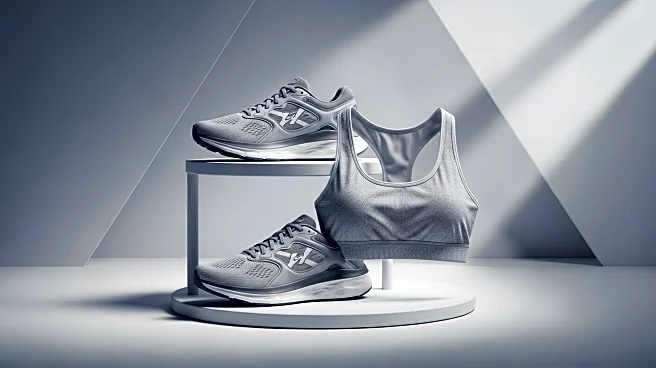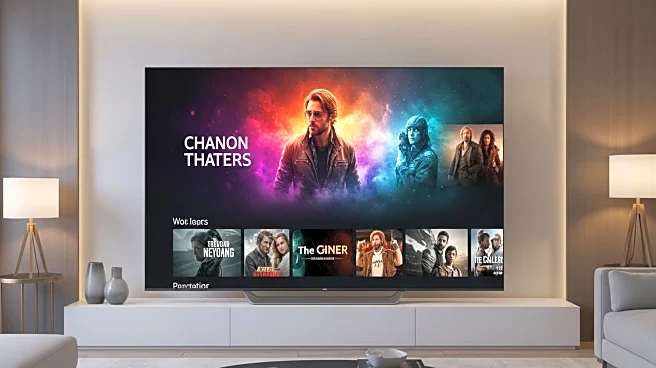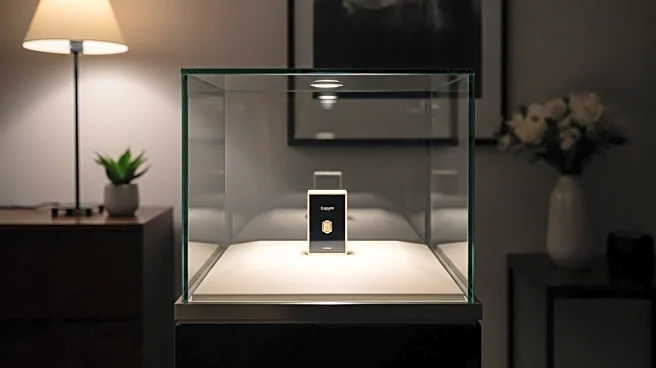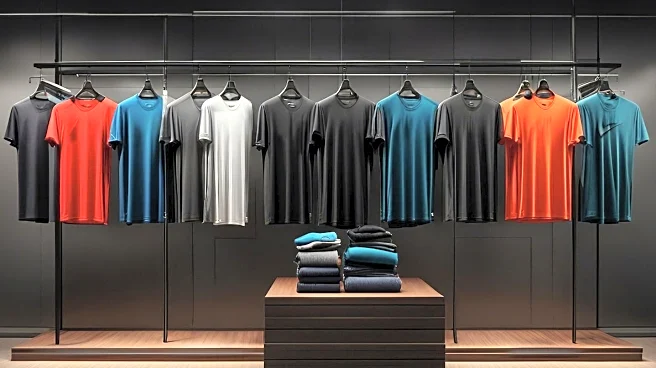What's Happening?
A recent internet trend has captivated users with a prank involving a fake Anthropologie rock. The trend began when content creator Phoebe Adams posted a TikTok video unboxing a plain rock, claiming it was purchased from the retail store Anthropologie for $150. The video, intended as a prank, quickly went viral, leading to a series of similar videos where individuals, mostly women, pranked their partners by pretending to have bought expensive rocks from Anthropologie. The prank played on the store's reputation for selling high-priced home decor items, making the scenario believable to many. Anthropologie responded to the trend by embracing the joke, even creating a mock display of rocks in one of their stores for a video.
Why It's Important?
This trend highlights the power of social media in shaping consumer perceptions and the potential for viral content to influence brand image. Anthropologie's decision to engage with the prank rather than dismiss it demonstrates a strategic approach to handling unexpected publicity. By leaning into the joke, the brand managed to maintain a positive image and capitalize on the increased attention. This incident underscores the importance for companies to be adaptable and responsive to social media trends, which can significantly impact public perception and brand loyalty.
What's Next?
While Anthropologie has no current plans to sell rocks, the trend may prompt the company to explore creative marketing strategies that leverage viral content. Other brands might also take note of this approach, considering how to effectively engage with social media trends to enhance their visibility and consumer engagement. The prank's success could inspire similar marketing tactics across the retail industry, where humor and relatability are used to connect with audiences.
Beyond the Headlines
The prank also raises questions about consumer culture and the value placed on branded goods. It reflects a broader commentary on the willingness of consumers to pay premium prices for items perceived as unique or exclusive, even when the intrinsic value is questionable. This phenomenon is not new, but the prank brings it into sharp focus, encouraging discussions about consumer behavior and the influence of branding on purchasing decisions.

